Patient Registration
You may preregister with our office by filling out our secure online Patient Registration Form. After you have completed the form, please make sure to press the Complete and Send button at the bottom to automatically send us your information. The security and privacy of your personal data is one of our primary concerns and we have taken every precaution to protect it.
Procedure List
Dental Implants
A natural tooth consists of a root and a crown. If you compare natural teeth to implant-supported replacement teeth, you’ll see they have the same basic parts. Both have a crown (the visible part used to chew food). Both have a root that holds the tooth securely under the gum and is anchored into the jaw. The difference is that the implant is made of titanium – the same time-tested material used by surgeons for artificial joints. When you lose a tooth, you lose both the root and the crown. To replace the tooth, the surgeon first replaces the root with a small dental implant.
Time is allowed for bone to heal and grow around the dental implant. The bone bonds with the titanium, creating a strong foundation for artificial teeth. A support post (abutment) is then placed on the implant and a new replacement tooth (crown) is placed on top of the abutment. All of your teeth are missing, a variety of treatment options are available to support the replacement teeth.
Dental implant placement is a team effort between an oral and maxillofacial surgeon and a restorative dentist. Dr. Esposito performs the actual implant surgery, initial tooth extractions, and bone grafting if necessary. The restorative dentist (your dentist) fits and makes the permanent prosthesis. Your dentist will also make any temporary prosthesis needed during the implant process.
Bone Grafting
Missing teeth over a period of time can cause your jaw bone to atrophy, or resorb. This often results in poor quality and quantity of bone suitable for the placement of dental implants as well as long term shifting of remaining teeth and changes to facial structure. Most patients, in these situations, are not candidates for dental implants.
Fortunately, today we have the ability to grow bone where it is needed. This not only gives us the opportunity to place implants of proper length and width, but it also gives us a chance to restore functionality and aesthetic appearance.
Bone grafting can repair implant sites with inadequate bone structure due to previous extractions, gum disease, or injuries. The bone is either obtained from a tissue bank or your own bone is taken from the jaw, hip or tibia (below the knee).
Wisdom Teeth Removal
Third molars are commonly referred to as wisdom teeth. They are usually the last teeth to develop and are located in the back of your mouth, behind your second molars. Their development is usually completed between the middle teenage years and early twenties, a time traditionally associated with the onset of maturity and the attainment of wisdom.
Tooth Extractions
You and Dr. Esposito may determine that you need a tooth extraction for any number of reasons. Some teeth are extracted because they are severely decayed; others may have advanced periodontal disease, or have broken in a way that cannot be repaired. Other teeth may need removal because they are poorly positioned in the mouth (such as impacted teeth), or in preparation for orthodontic treatment.
Sinus Lifts
When there is not enough bone to place an implant into the posterior upper jaw, a sinus lift is performed to raise the floor of the sinus and create a foundation for an implant to be placed. In addition, special membranes may be utilized that dissolve under the gum to protect the bone graft, as well as encourage bone regeneration.
Orthognathic Surgery
Orthognathic surgery is needed when the top and bottom jaws don’t meet correctly and/or teeth don’t adequately fit within the jaw. Teeth are straightened with orthodontics, and corrective jaw surgery repositions a misaligned jaw. This not only improves facial appearance, but also ensures that teeth meet correctly and function properly. Dr. Esposito uses modern computer-aided techniques and three-dimensional models to show you exactly how your surgery will be approached. If you are a candidate for corrective jaw surgery, Dr. Esposito will work closely with your dentist and orthodontist during your treatment. The actual surgery can move your teeth and jaws into a new position that results in a more attractive, functional, and healthy dental-facial relationship.
Oral Pathology
The inside of the mouth is normally lined with a special type of skin (mucosa) that is smooth and coral pink in color. Any alteration in this appearance could be a warning sign for a pathological process. The most serious of these is oral cancer. The following can be signs at the beginning of a pathological process or cancerous growth: Reddish patches (erythroplasia) or whitish patches (leukoplakia) in the mouth. A sore that fails to heal and bleeds easily. A lump or thickening on the skin lining the inside of the mouth Chronic sore throat or hoarseness and/or difficulty in chewing or swallowing. These changes can be detected on the lips, cheeks, palate, and gum tissue around the teeth, tongue, face, and/or neck. Pain does not always occur with pathology, and curiously, is not often associated with oral cancer. However, any patient with facial and/or oral pain without an obvious cause or reason may also be at risk for oral cancer.
Facial Trauma and Reconstruction
Dr. Esposito is trained, skilled, and uniquely qualified to manage and treat facial trauma. He is on staff at local hospitals and delivers emergency room coverage for facial injuries, which include the following conditions:
Facial lacerations
Intraoral lacerations
Avulsed (knocked out) teeth
Fractured facial bones (cheek, nose, or eye socket)
Fractured jaws (upper and lower jaw).
There are a number of possible causes of facial traumas, such as motor vehicle accidents, accidental falls, sports injuries, interpersonal violence, and work-related injuries. Types of facial injuries can range from injuries to teeth to extremely severe injuries to the skin and bones of the face. Dr.Esposito is highly trained to treat the full spectrum of facial trauma and reconstruction.
Pre-Operative Instructions
Please have nothing to eat or drink 8 hours prior to surgery. You should take all your normal morning medications, with a small amount of water only, unless instructed otherwise by Dr. Esposito.
DO NOT EAT OR DRINK PRIOR TO YOUR APPOINTMENT. If you have an afternoon operation, you may have a light breakfast at least 6 hours prior to your scheduled surgery.
Please wear loose fitted, comfortable clothing. Short sleeved top with long pants is the ideal attire. This will facilitate placement of appropriate monitoring and intravenous access.
Women please DO NOT wear eye make-up and remove nail polish when possible.
An ESCORT must accompany you to the office that can drive you home. Please make arrangements for the escort to wait in the office until the procedure is completed.
Please take your pre-operative medications 45 minutes prior to your appointment.
Please arrange for someone to accompany you at home during the first several hours after surgery.
Additional ice packs would be helpful to reduce your post-operative swelling. These can be found at most Walgreen and Rite Aid pharmacies.
Please have A&D ointment or Vaseline available to moisturize your lips after surgery.
Please prepare to pay for the surgical procedure on or before the day of surgery.
Feel free to contact Dr. Esposito at (303) 933-8282 should there be any questions or concerns.
Post-Operative Instructions
The typical healing after an oral surgical procedure involves approximately seven to ten days for full recovery. Most patients can resume normal activies after the first 24-48 hours following the extraction of erupted teeth. Patients undergoing wisdom teeth extractions may typically require 5-7 days before resolution of their discomfort and swelling.
All surgical procedures may be accompanied by four events: discomfort, bleeding, swelling and a risk of infection.
A potent pain medication has been prescribed. It is best to attempt a light meal and take an analgesic (pain) tablet before the local anesthesia has worn off. It is much easier to stay a step ahead of your discomfort than to try to catch up. During the first 24 hours after surgery, be generous with the pain medication, but follow the instructions. Do not exceed the recommended limits. You may also alternate 600-800mg of ibuprofen (Advil, Motrin) between doses of the prescription pain medication. There should be a minimum of 4 hours between the prescription pain medication and 4 hours between the ibuprofen tablet (e.g. 600mg Advil at 12:00 p.m., prescription at 2:00p.m., Advil at 4:00p.m., prescription at 6:00pm., etc.). Please contact the office with any questions.
To minimize your bleeding, we have provided several cotton gauze sponges. Please fold these into a tight square and place them directly over the extraction sight. Bite down firmly for approximately 1 hour. After 1 hour, replace the gauze in an identical fashion. You may need to repeat this procedure several times during the first day of surgery. If there is no evidence that the bleeding is slowing down after 4 or 5 hours, lightly dampen a black or green tea bag, wrap one gauze sponge around it then place it over the extraction site and bite down firmly for 1 hour. If the bleeding continues, please contact the office.
Swelling may gradually increase for the first 5 days after surgery, especially after lower tooth extractions. If you keep your head elevated and maintain ice on the side of your face during the first 24 hours, your post-operative swelling will be markedly reduced. Sleep on an extra pillow or two that evening to keep your swelling down. After the first 5 days, the swelling will decrease rapidly.
The risk varies with each procedure. Antibiotics are typically not required following tooth extractions unless active infection is present at the time of surgery. Gentle rinsing with warm salty water 24 hours after the procedure will help cleanse the wounds and promote a more rapid recovery from surgery. Gently rinse after each meal and before bed. If an antibiotic has been prescribed, please take it as instructed.
You must not smoke. Ideally, all tobacco use will cease for 1 week prior to surgery and 1 week after surgery. Failure to avoid tobacco products will prolong your post-surgery healing period, including your discomfort, bleeding, swelling and chance of infection. Please do not rinse your mouth or expectorate (spit) on the day of surgery. This will increase your bleeding and your risk of dry socket. Please do not use any toothpaste or mouth rinses containing peroxide, including Listerine and Scope for one week as these will increase your risk of dry socket.
Avoid peridex (chlorhexidine) for one month or until the advisement from Dr. Esposito. You may brush your teeth the night of your procedure. Also please avoid straws and carbonated beverages until your follow up visit.
Please do not hesitate to contact the office should any questions arise.
Daniel E. Esposito, MD, DMD (303) 933-8282
GATORADE or SPORTS DRINK
JELLO
PASTA
MASHED POTATOES
SCRAMBLED EGGS
CLEAR COLD LIQUIDS
ENSURE
NON-FAT YOGURT
OVER COOKED VEGGIES
BANANAS
ALMOND/SOY MILK
DAIRY PRODUCTS
PUDDINGS
APPLE SAUCE SEEDS
GREASY CHICKEN SOUP
FATTY FOODS
ORANGE and TOMATO JUICE
ANYTHING ACIDIC
HOT LIQUIDS
FRUITS WITH SEEDS
POPCORN
PEANUTS
SEEDS or RICE
PRETZELS
Shana B.
Orthognathic Surgery
Kristin G.
Orthognathic Surgery
Brittany R.
Orthognathic Surgery
Lexie S.
Orthognathic Surgery
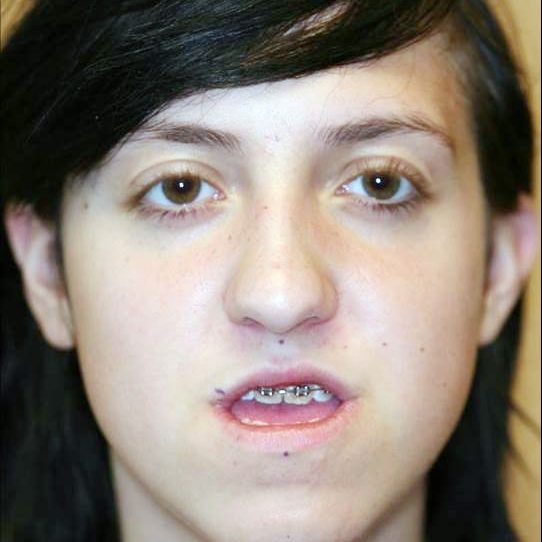
Shana-B.-Before
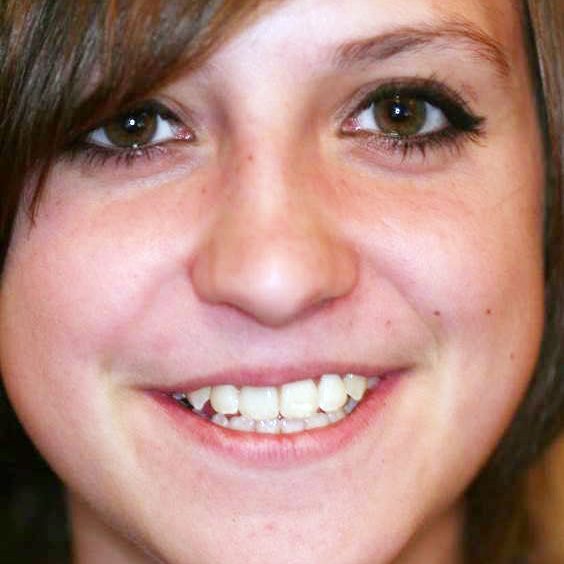
Shana-B-After
Before
After

Kristin G. – Front (Before)

Kristin G – Front (After)
Before
After
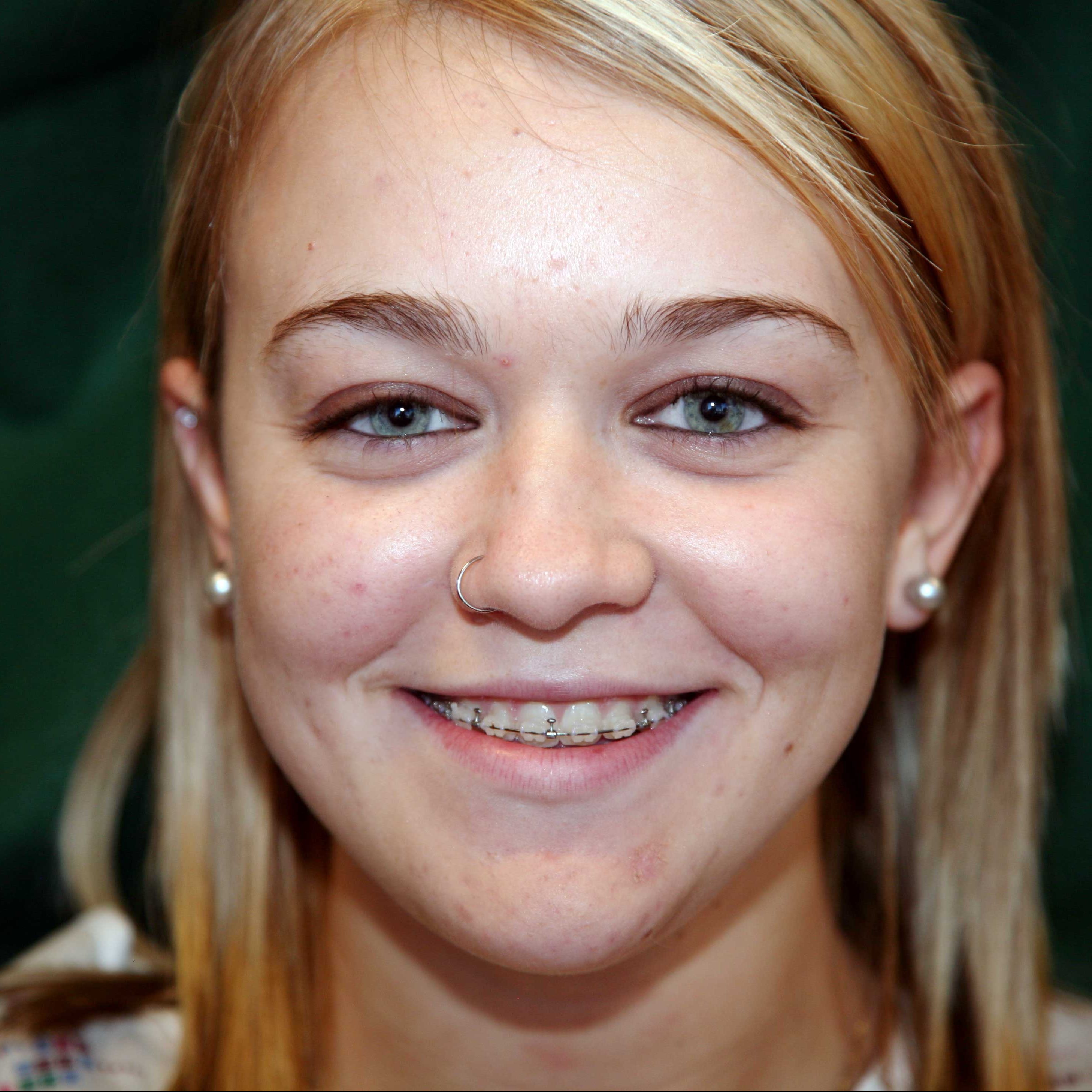
Brittany R. – Front (Before)
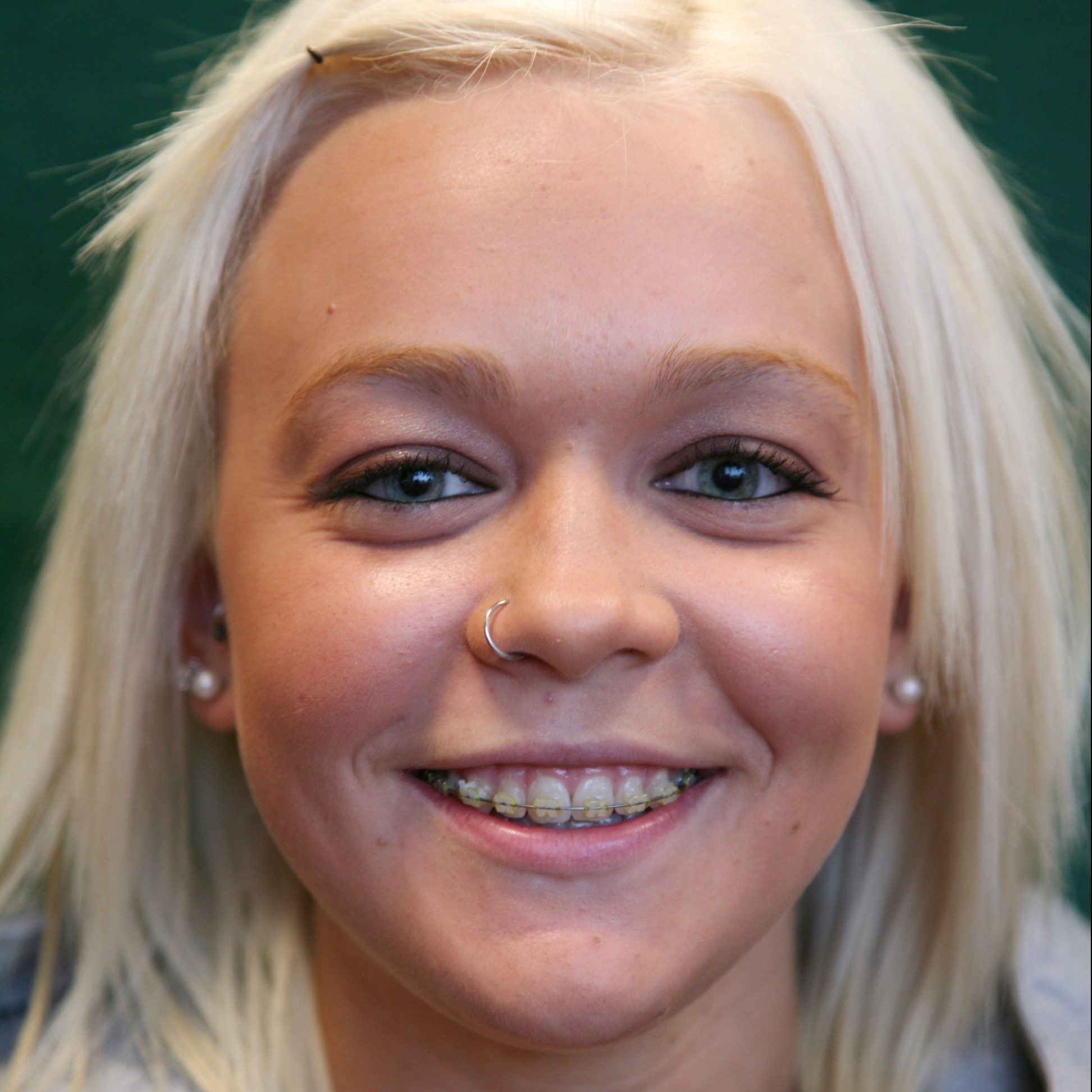
Brittany G. – Front (After)
Before
After
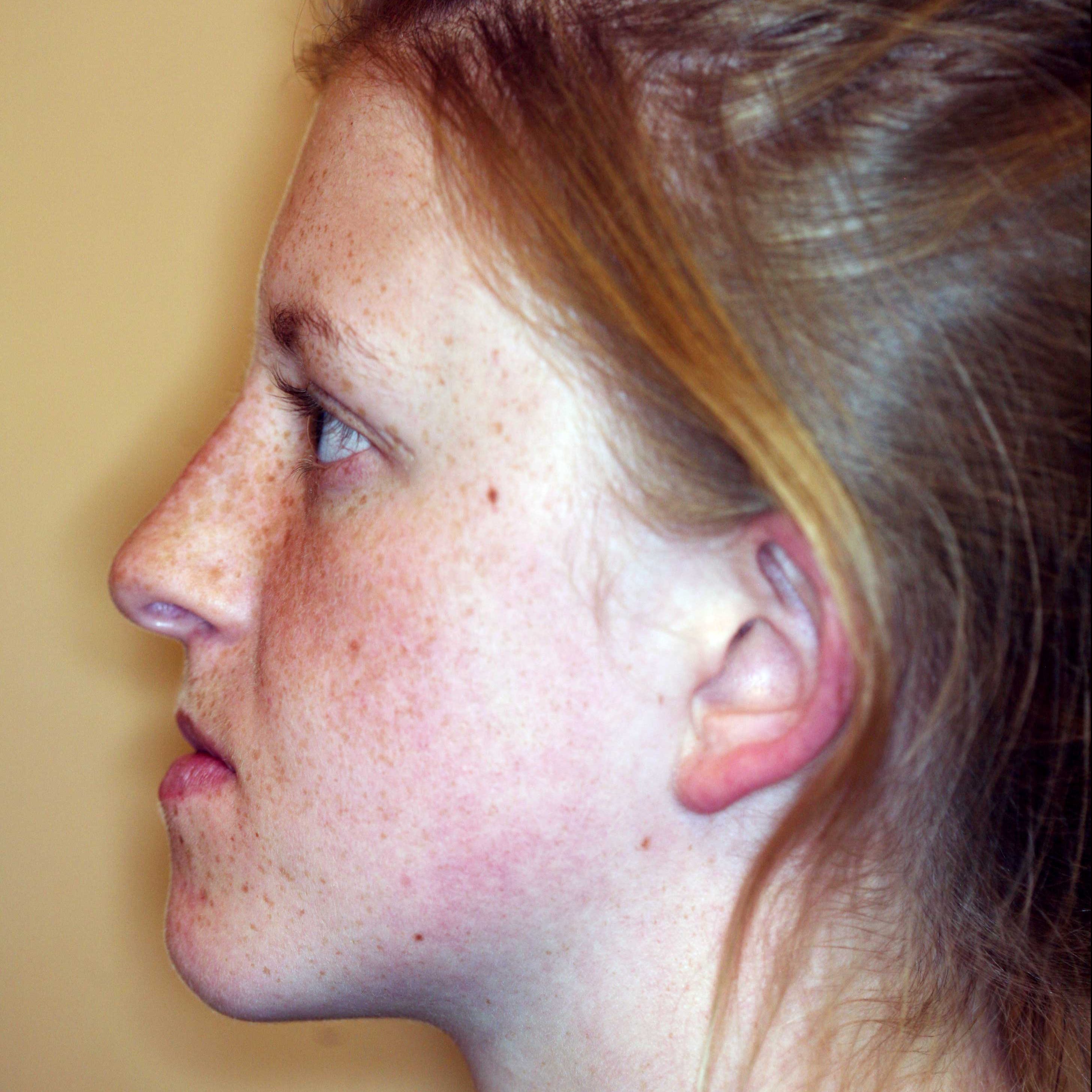
Lexie S. – Profile (Before)
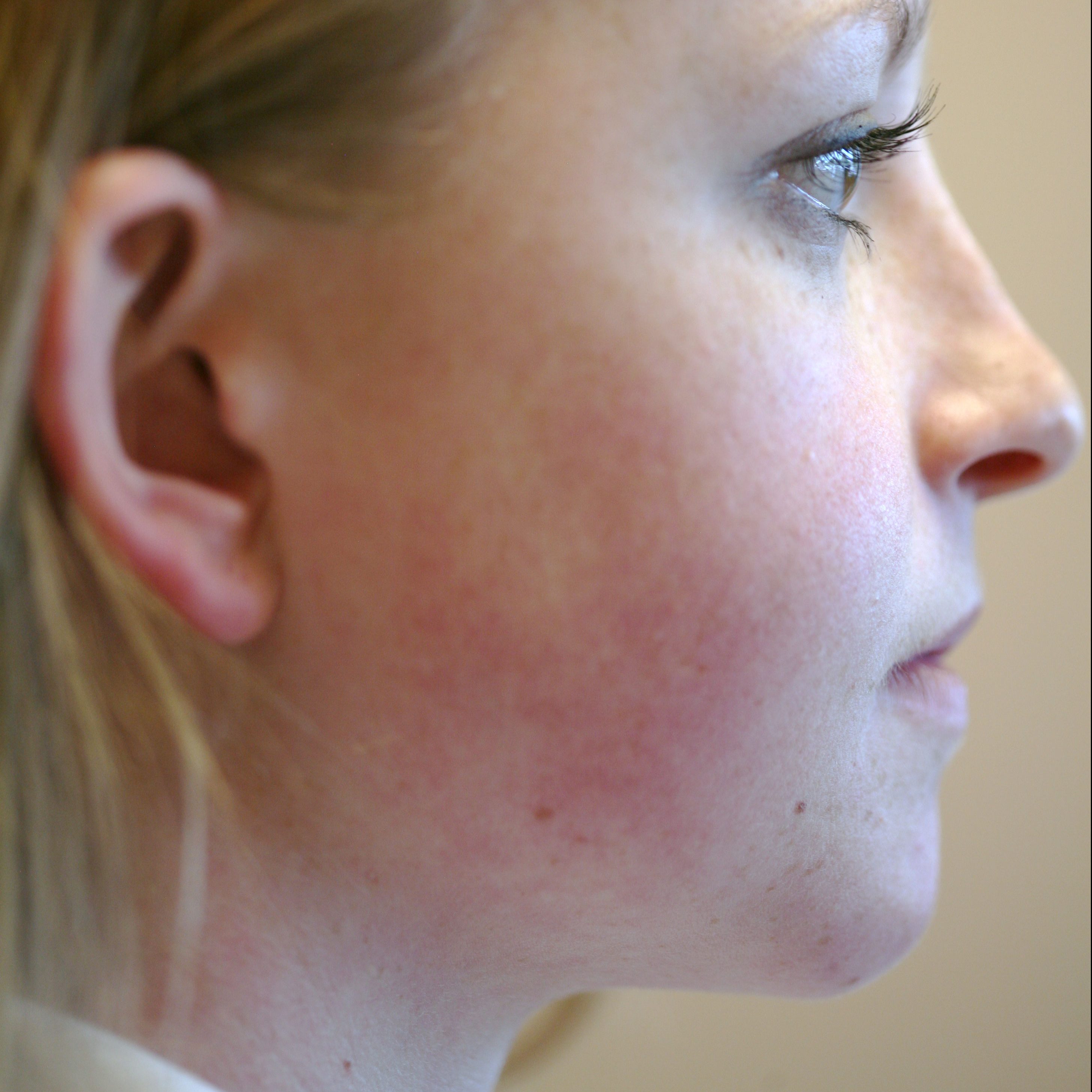
Lexie S. – Profile (After)
Before
After
Shana B.
Orthognathic Surgery

Shana-B.-Before

Shana-B-After
Kristin G.
Orthognathic Surgery

Kristin G. – Front (Before)

Kristin G – Front (After)
Brittany R.
Orthognathic Surgery

Brittany R. – Front (Before)

Brittany G. – Front (After)
Lexie S.
Orthognathic Surgery

Lexie S. – Profile (Before)

Lexie S. – Profile (After)

